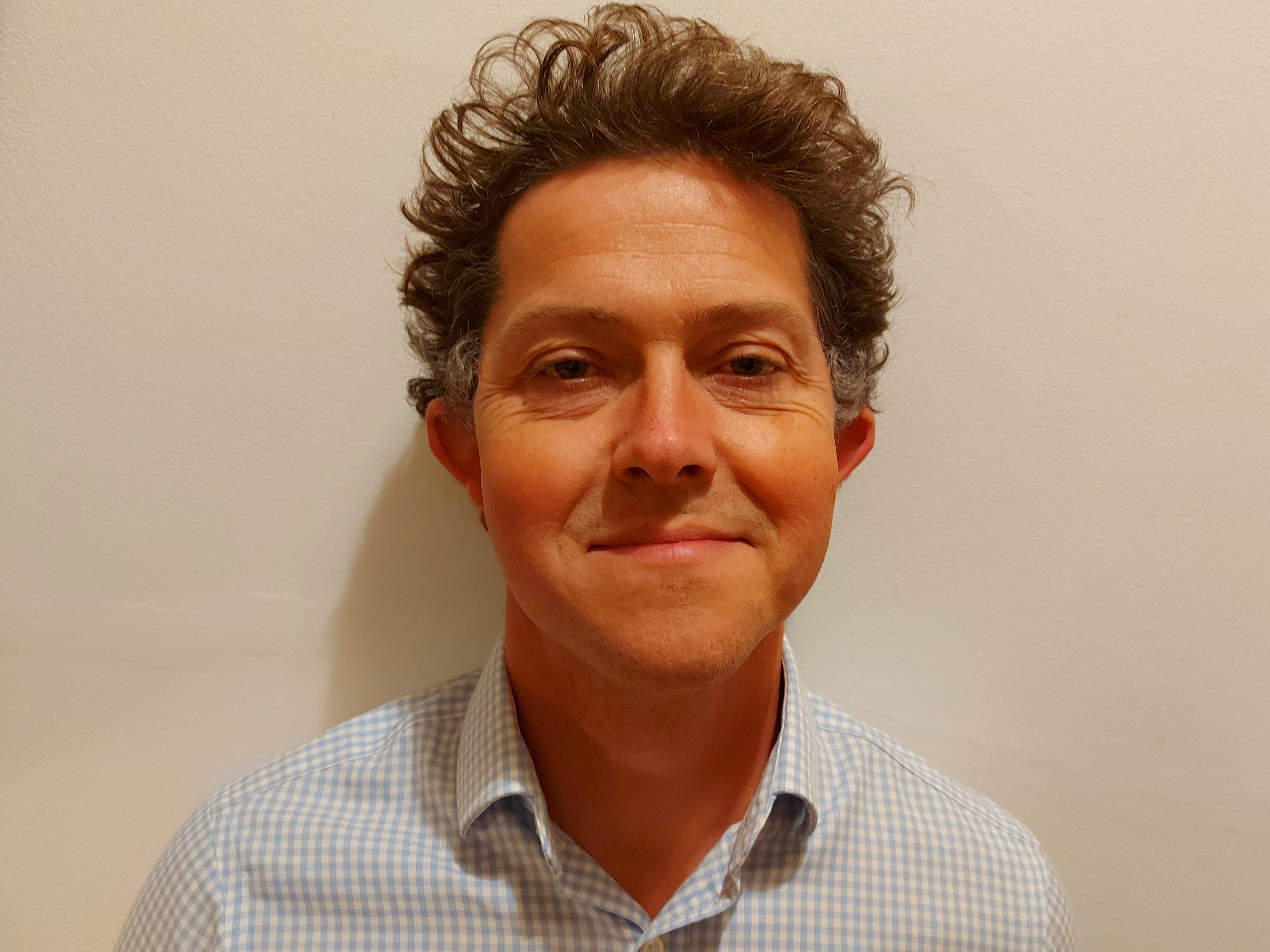Innovation
Continuous intra-operative nerve monitoring - cIONM
The recurrent laryngeal nerve (RLN) is at risk on each side of the trachea that the thyroid gland and parathyroid glands are draped over. The nerves supply the vocal folds (we have one each side). If damaged the vocal fold will not move normally. It can remain either open or closed or somewhere in-between. This weakens the strength and refinement of your voice. The voice box works harder to make you heard and tires more quickly than it should, so you can lose your voice during the day. It also protects the airways from food, secretions and fluids. If these get into the airway, they can make you cough and splutter. It is called aspiration and leads to recurrent chest infections and altered swallow sensation.
So being able to monitor the function of the RLN during surgery seems like a good idea! Nerve monitoring started to be introduced between 2000 and 2010 in thyroid surgery, but its uptake has been slow in the UK and the NHS due to the additional expense of the machine and consumables used with each case. There was not enough evidence at the time to prove its efficacy and the technology was in early stages of development.
Fast forward to today. The technology has advanced to the point that we can see the wave signal of the RLN throughout the operation and note if it changes, beat to beat. This wave signal changes long before the function of the nerve is lost. Because we now better understand how the signal change is warning us of possible ensuing loss of function, we can change what we are doing before the wave signal changes become a loss of function. It has become so reliable that we no longer need to routinely check for vocal cord function before and after surgery.
